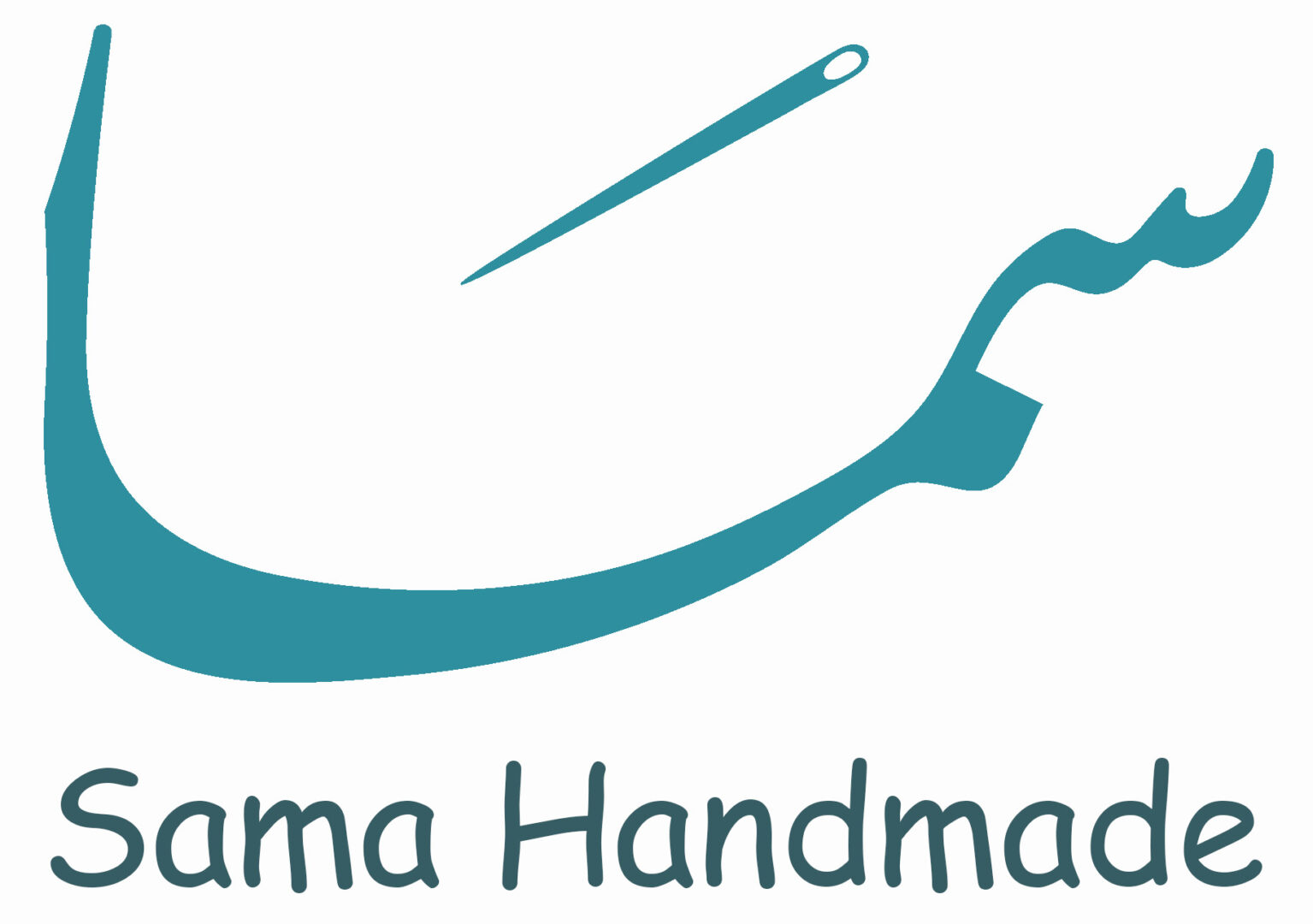The Syrian craft production process is a unique one in its completeness, starting from its initial handmade steps, and ending with marketing and selling the products in the local and foreign markets. And for this, the need arose for local markets to help the crafters selling their goods, benefiting both the local customer and the […]
